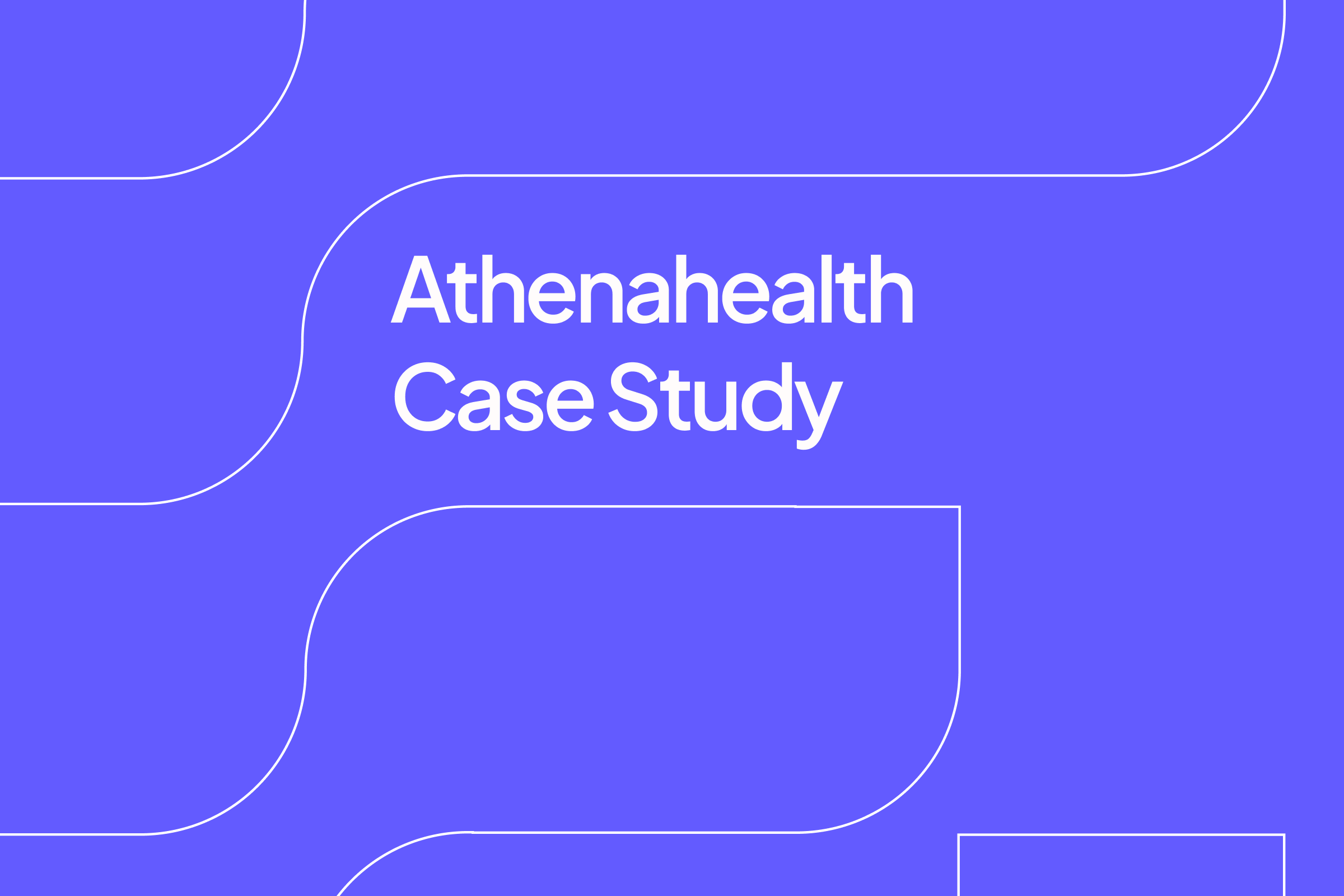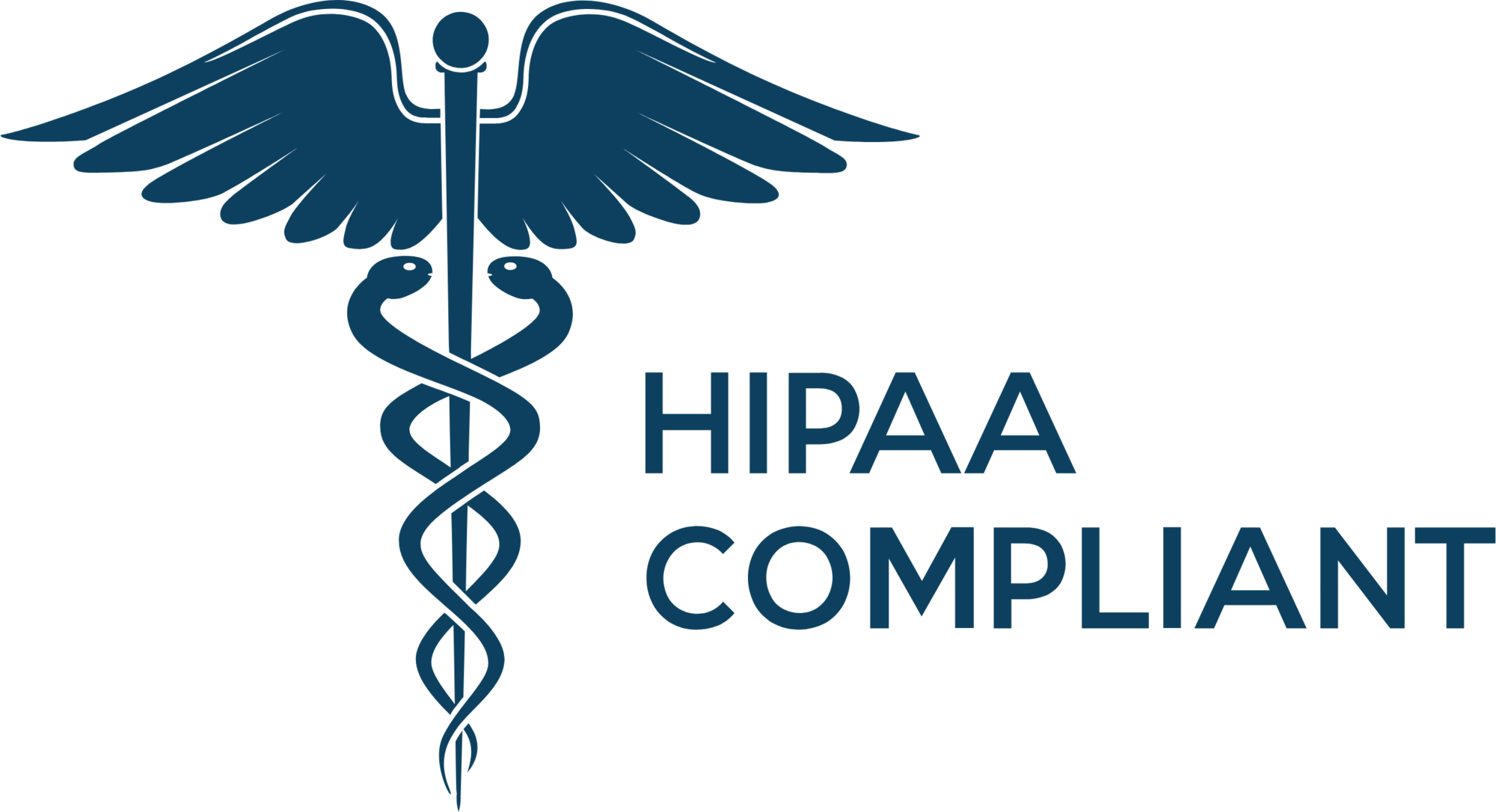
Decoding PR-26 Denials: A Comprehensive Guide for Healthcare RCM Teams
1. What Does PR-26 Claim Denial Mean?
Explaining PR-26 in simple terms
PR-26 indicates that payment has been denied because expenses were incurred during a period of non-coverage. The "PR" prefix signifies that this is a patient responsibility denial, meaning the patient is liable for charges incurred during times when their insurance coverage was not active.
Why this denial happens and what it means for your claim
- Coverage may have lapsed due to non-payment of premiums
- Services provided before the policy's effective date
- Services rendered after policy termination
- Gap in coverage during insurance transitions
- Retroactive termination of benefits
2. Top Reasons Claims Are Denied (Including PR-26)
Common causes of claim denials
- Services provided during insurance coverage gaps
- Backdated policy terminations
- Failure to verify current coverage status
- Coverage verification errors
- Delayed premium payments affecting coverage dates
How PR-26 compares to other denials
PR-26 denials are distinct from other claim denials because they specifically relate to timing and coverage status rather than service-specific restrictions. These denials are often more straightforward to identify but can be complex to prevent due to the dynamic nature of insurance coverage. Unlike clinical or coding-related denials, PR-26 denials typically cannot be appealed unless there's clear evidence of active coverage during the service date. They require particular attention to eligibility verification processes and real-time coverage confirmation.
3. How Claim Denials Like PR-26 Affect Your Revenue
The financial and operational impact of denied claims
- Direct revenue loss as services were provided without active coverage
- Increased collection costs when pursuing patient payment
- Administrative burden of coverage verification
- Potential strain on patient relationships
- Impact on practice cash flow
Why addressing denials is critical for your practice
Managing PR-26 denials is essential for maintaining healthy revenue cycles and preventing avoidable losses. These denials represent services already provided that may be difficult to collect payment for, making prevention crucial. Effective management of these denials helps maintain practice financial health and supports better patient financial experiences. Understanding and preventing PR-26 denials can significantly reduce write-offs and improve overall collection rates.
4. The Key to Reducing PR-26 Denials
Actionable steps to minimize this specific denial
To reduce PR-26 denials, practices must implement robust real-time eligibility verification processes. This includes checking coverage status at scheduling, pre-registration, and point of service. Staff should be trained to understand coverage effective dates, termination dates, and how to properly document verification results. Implementing automated eligibility checking systems and establishing clear protocols for handling patients with coverage concerns can significantly reduce these denials.
Best practices for improving claim accuracy
Success in preventing PR-26 denials requires systematic approaches to coverage verification and patient communication. Key strategies include implementing daily eligibility verification processes, establishing clear protocols for handling patients with coverage issues, and maintaining detailed documentation of all verification activities. Staff should be trained to recognize common coverage gap scenarios and understand how to properly handle patients whose coverage status may be in question.
5. How Ember Can Help
Spot Claim Denials Before They Happen
- Predictive analytics flag high-risk claims automatically
- Alerts notify staff about missing authorizations
- Network status checks ensure compliance
- Real-time eligibility verification avoids surprises later
Turning Denials Into Opportunities
Ember doesn't just help resolve denials—it helps you learn from them. By analyzing patterns in denial data, you can identify recurring issues and improve processes. This ensures:
- Better understanding of claim requirements
- Improve staff training and workflows
- Fewer denials overtime, with actionable insights to make smarter decisions Turning challenges into opportunities leads to stronger performance and fewer claims falling through the cracks.
Making the process easier, faster, and more efficient
Ember improves every step of the denial management process by automating tasks such as eligibility checks and verification. With Ember, you can:
- Save time by reducing manual work
- Provide staff with clear alerts and next steps for resolution
- Ensure a faster and more reliable claim submission process Ember Copilot helps reduce the effort required, lowers denial rates, and boosts overall efficiency for your team.
By staying informed, organized, and proactive, you can keep PR-177 denials from dragging down your practice's performance, and ensure that everyone—staff, providers, and patients—benefits from a smoother, more predictable reimbursement process.
Lynn Hsing is a recognized leader in healthcare marketing. Having worked closely with health systems and providers, Lynn brings a nuanced understanding of the challenges they face — from administrative burden and claim denials to reimbursement delays and staff shortages. This firsthand insight has shaped Lynn’s ability to translate complex AI solutions into meaningful value for healthcare organizations.








